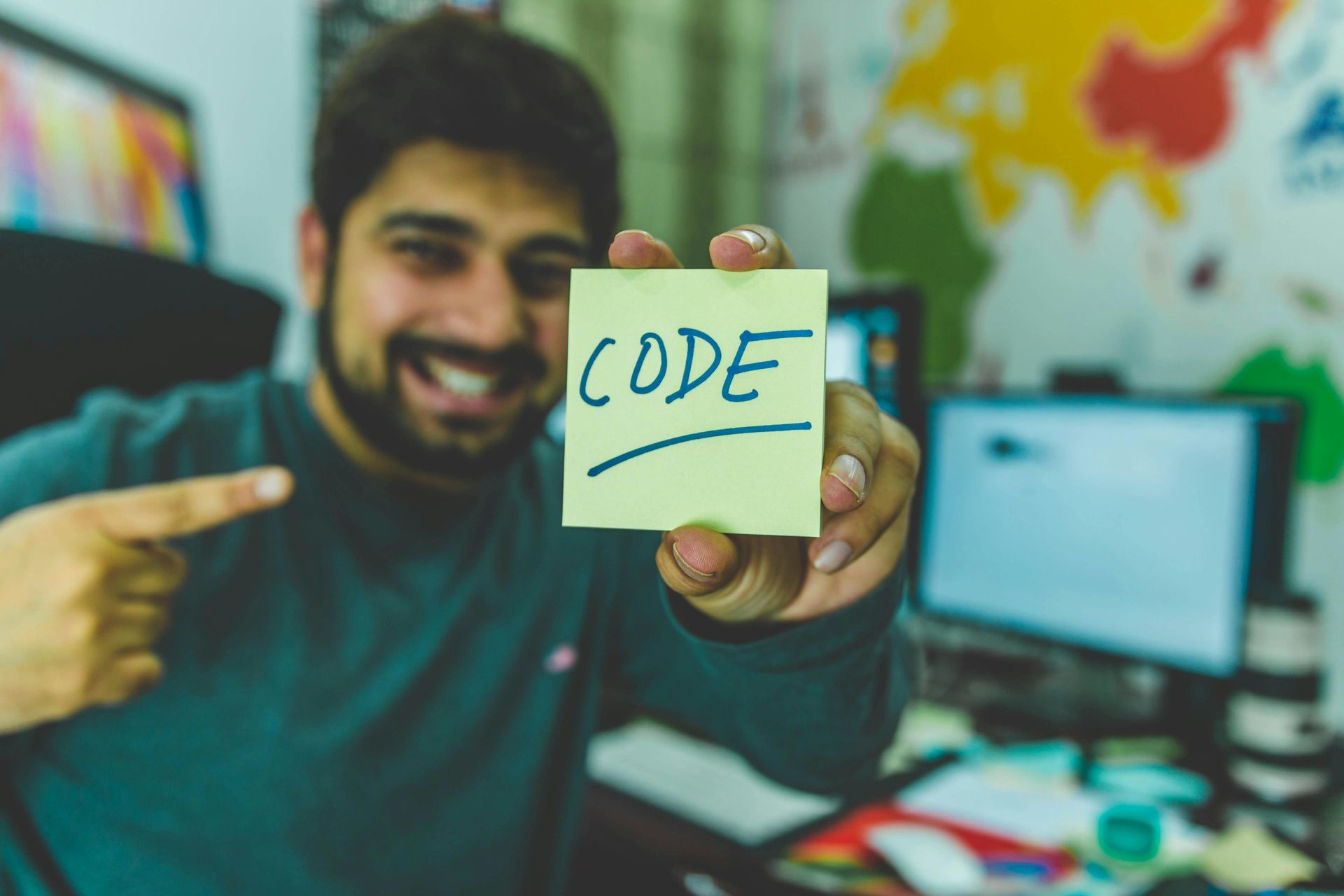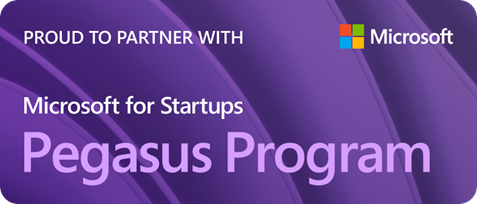Game On For Secure Coding: Gamifying The DevSecOps Lifecycle

“Fun” isn’t usually the first word that comes to mind when the topic of cybersecurity comes up. But the techniques of gamification—applying game design elements and principles in non-game settings to motivate and engage people—can help bridge the divide between traditionally siloed security and product teams. It can empower developers through programs that make security training and compliance easier and even, yes, enjoyable. Also, when teams focus on developers from the beginning of the software development life cycle, by partnering with the development teams as opposed to forcing security controls later, it allows higher productivity for all.
Using interactive challenges, visualized metrics and data-driven rewards, businesses can motivate teams to learn faster, adopt new practices and deliver better products. Just like the baseball number-crunchers in the book Moneyball were able to leverage statistics to improve the performance of the Oakland Athletics, tech managers can use the data and insights provided from gamification to create high-performing cultures centered around security.
Let The Games Begin
Gamification involves incorporating features such as points, badges, leaderboards, challenges and rewards into tasks or activities to make them more enjoyable, competitive and appealing. In a nutshell, it leverages human psychology to encourage desired behaviors and achieve specific goals. That makes it useful when our goal is to get teams and people to adopt new ways of learning and working, ultimately making security development more efficient and effective.
There are many ways tech companies can gamify DevSecOps. For example, they can host secure coding tournaments, implement dashboards that visualize security metrics with leaderboards and badge incentives, and integrate capture-the-flag challenges or vulnerability patching competitions into developer workflows. Creatively applying game mechanics such as achievements, scoring and tangible rewards can help foster a motivated, security-centric culture.
Motivation And Mindset
By gamifying training modules and educational resources, companies can encourage employees to actively participate in learning activities, track their progress and acquire new skills more effectively. When coding becomes more fun and rewarding, developers actively learn and operationalize security concepts. Elements such as challenges and rewards can make repetitive and complex tasks more engaging and enjoyable for employees, boosting motivation and productivity.
Gamification can also facilitate teamwork and collaboration between development, security and operations teams by encouraging people to work together towards common goals, share knowledge and best practices and celebrate collective achievements.
In a larger sense, gamification can fundamentally shift an organization’s culture and mindset. Traditionally, developers have seen security almost as a distraction from core engineering work. By tapping into basic human motivations like competition, mastery and recognition, you can make security something that teams look forward to. Initiatives like cross-functional coding tournaments can foster collaboration between roles and teams that have been historically siloed.
From a management perspective, the detailed telemetry data offers a window into team skills, capability gaps and training efficacy. Quantifiable performance insights make it possible to measure ROI and optimally tune DevSecOps programs over time.
Through our platform, we have seen gamification help developers deliver and deploy secure products three to five times faster. In some cases this involves a 90% reduction in vulnerabilities and a 33% reduction in tool costs.
Making Sure Everybody Wins
To incorporate gamification successfully, it’s important to choose the right approach and the right technologies. A systematic approach with a unified platform helps avoid the potential for bottlenecks, and automating things like performance reviews makes it easier to get everyone on board.
Getting comprehensive leadership and cross-functional buy-in is key. You need to clearly demonstrate the security, productivity and cultural benefits in order to overcome the inertia and skepticism that words like “games” and “fun” can bring. It's about finding the right balance and making security genuinely engaging versus feeling like another checklist chore.
Gamification offers tech companies in DevSecOps an innovative and effective way to boost employee engagement, promote learning and skill development, foster collaboration and drive performance improvement. By harnessing the motivational power of games, companies can create a more dynamic and rewarding work environment. Instead of playing the hero coding risky solutions, gamification helps developers become "superheroes" by delivering secure software that benefits the whole company.
Leveling Up Culture & People
With gamifying DevSecOps, it’s critical to have a sophisticated analytics-driven application security posture management (ASPM) platform tailored for product-centric DevOps environments. This solution correlates security findings from many testing tools directly to developers, leveraging cutting-edge tracking, data and advanced analytics for contextualized learning based on their commit activity.
Imagine empowering your teams with interactive challenges, visualized metrics and data-driven rewards, all while fostering a security-centric culture that’s effective and enjoyable. With continuous feedback loops and a points system, this approach to ASPM leads to a dynamic journey of growth, collaboration and achievement. A methodology where teams focus on starting left instead of shifting left allows companies to put developers first, so security is baked into products from the very beginning.
SHARE!
More Resources















